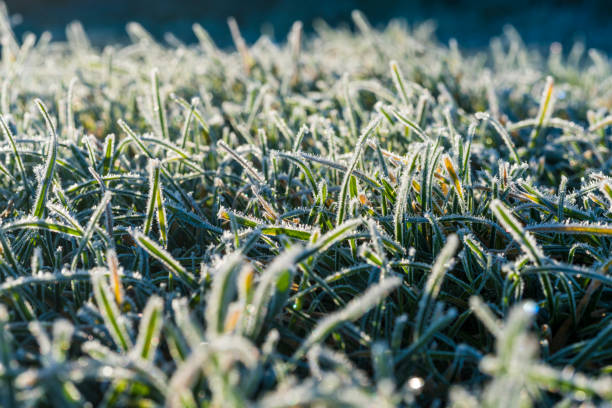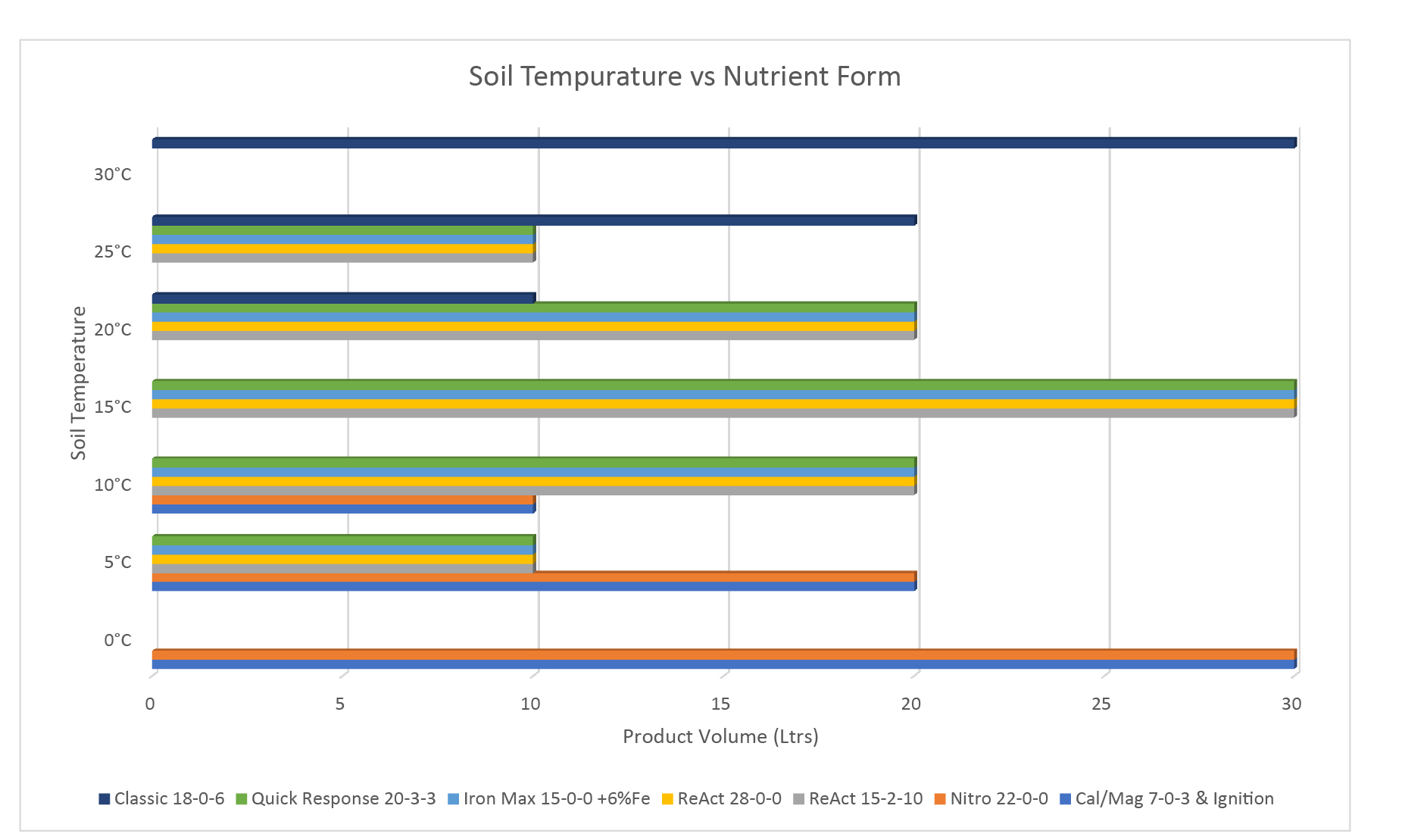Winter Turfgrass Nutrition
As winter establishes its presence, many of you might be preparing to scale back your active turf management practices. However, it’s important to remember that while your maintenance and chemical inputs may decrease, the grass plant often continues its life processes, albeit at a slower pace. This period still calls for a strategic approach to nutrient and fertiliser selection.
It’s important to note that the effectiveness of any nitrogen source can vary based on soil type, climate, turfgrass species, and other cultural practices. It’s always recommended to conduct a soil test and consult with a AGS turfgrass professional or an independent agronomist for specific recommendations tailored to your specifications.
Nitrogen (N) Forms for Winter Months
In colder months, the form of nitrogen we apply becomes particularly significant. There are two key types to consider:
Nitrate Forms: These are more readily available for the grass plant. In winter, when the metabolism of the turf is slower, using a form of nitrogen that is easily accessible is beneficial.
Ammonium Forms: These are absorbed slightly slower than nitrate but have an advantage in reducing leaching. Given the frequent precipitation in winter, using ammonium forms can be a more environmentally responsible choice as it minimises nitrogen loss from leaching.
Using nitrate and ammonia forms of nitrogen instead of urea-based forms for turfgrass during winter offers several advantages:
- Faster Absorption and Utilisation: Nitrate and ammonia forms of nitrogen are more readily available to plants than urea. In cold temperatures, the microbial activity necessary to break down urea into a usable form for plants is significantly reduced. Therefore, nitrate and ammonia provide a more immediate source of nitrogen for turfgrass.
- Reduced Risk of Volatilisation: Urea can volatilise and turn into a gas (ammonia) when left on the soil surface under certain conditions, such as higher pH and warmer temperatures. During winter, the risk of volatilisation is lower, but nitrate and ammonia forms still provide a more stable source of nitrogen.
- Lower Energy Requirement for Plant Uptake: Plants can absorb nitrate and ammonia nitrogen more directly, whereas urea must first be converted to these forms in the soil. This conversion requires energy and time, which can be limited during the colder months.
- Improved Cold Weather Performance: Nitrate and ammonia forms of nitrogen can be more effective in colder weather, which is crucial for winter turfgrass nutrient. Urea-based nitrogen might not be as efficient due to slower microbial activity in cold soils.
- Environmental Considerations: Urea can contribute to nutrient runoff and leaching, especially if applied improperly. Nitrate and ammonia forms, when used responsibly, pose a lesser risk to the environment in terms of leaching and runoff during the winter months and urea due to the faster uptake.
Winter Nutrient Application
Cal-Mag – Calcium Nitrate & Magnesium Nitrate
Ignition – Calcium Nitrate, Ammonium Nitrate, Magnesium Nitrate
Adjusting Application Rates
Given the reduced nutrient uptake in colder temperatures, modulating application rates is important. Over-application can lead to wastage and environmental harm, while under-application might not meet the minimal needs of the grass to maintain turfgrass health and recovery.
The graph attached below illustrates a crucial point: as temperatures drop, the rate of nutrient uptake by the grass plant also diminishes. This reduced uptake efficiency necessitates adjustments in our fertilisation strategies. . Understanding this relationship is crucial for turfgrass professionals to optimise nutrient application throughout the year, ensuring the health and vitality of the turf under varying climatic conditions. The graph guides the selection of nutrient forms based on current soil temperatures, promoting effective and efficient turf management practices.
In summary, nitrate and ammonia forms of nitrogen offer benefits such as faster absorption, reduced energy expenditure in plants, and environmental considerations and enhanced turfgrass quality. Making these forms of nutrient them more suitable for winter turfgrass management compared to urea-based forms.




